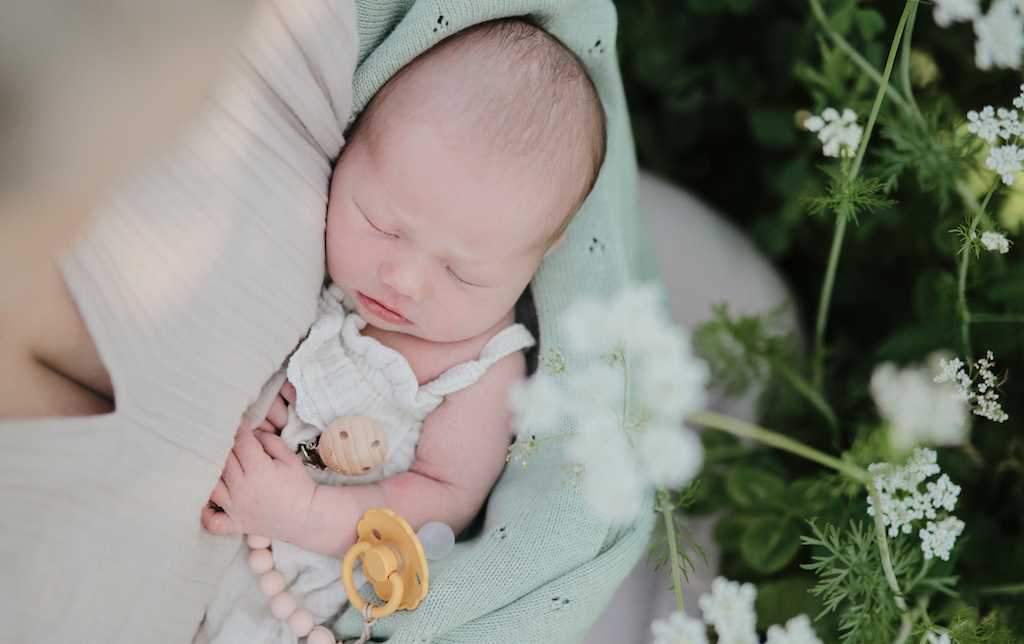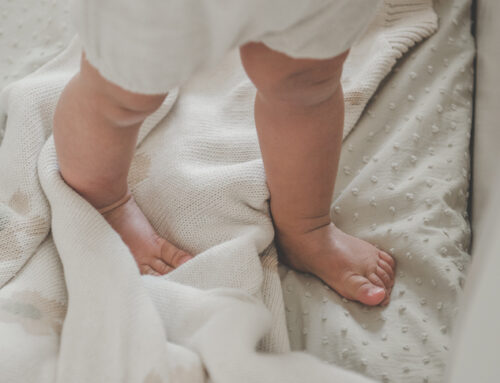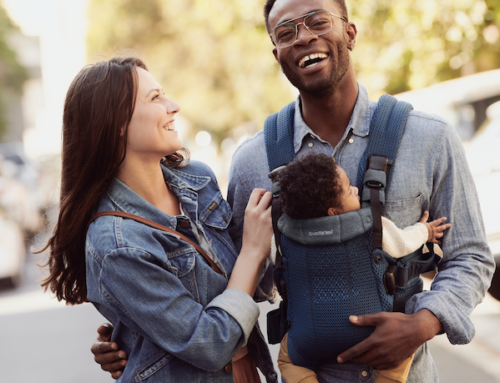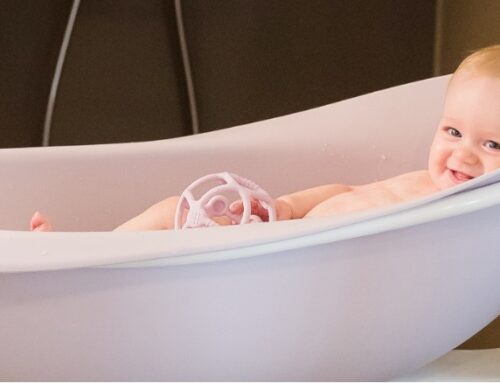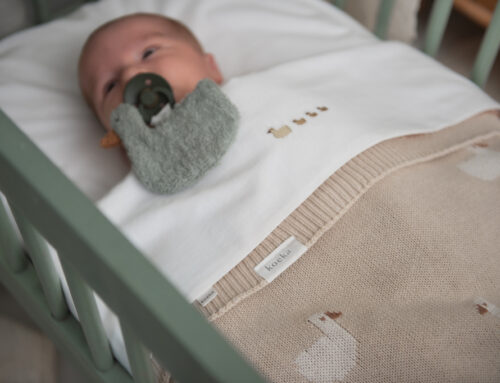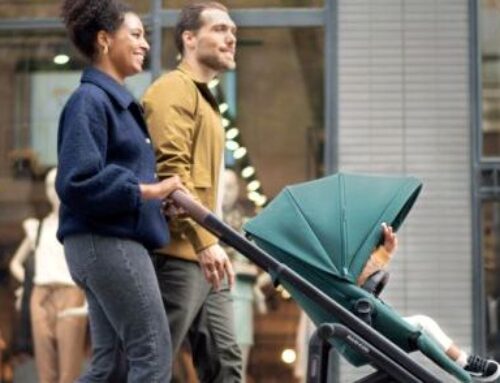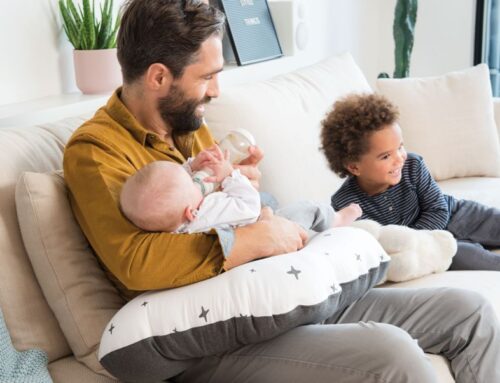The term sustainability is now well established among consumers and businesses alike. It is different when we talk about a circular economy in the babymarket. What is circularity, why should you think about it as a company, and why can you only achieve circularity by cooperating with other parties?
Circular economy is one step further
A circular economy assumes a world without waste and goes one step further than the use of organic cotton, recyclable packaging material or ecological rubber wood. What is the difference between sustainability and circular economy? We ask Laura de Jong, social media and content expert for sustainable brands and member of the jury, for the Green category of the Baby Innovation Award competition.
Sustainability and Circular Economy
Laura: ‘Sustainability is too often only considered on the material and labour side. But if organic cotton products that have been produced in a fair trade manner are only used for one baby, this is not really sustainable. If more thought is given to the chain, that is, how a product can be used longer and more often and what can be done with it when it is no longer usable, then you get a circular model and, therefore, sustainability in the long term.’
What do you think of sustainable initiatives in the baby market?
‘There are some very nice examples, such as Tiny Library and Red Orka. But I am surprised that it is still only such a small part of the market. Particularly during baby time, when a lot of things and clothes are used for such a short time, it is perfect to use a circular model.’
Is it clear to businesses what they have to do if they want to do their bit?
‘I think many companies find it a difficult task because it requires more thought than just buying an organic fabric or ensuring responsible production. Don’t get me wrong, that is also important, but in my opinion, the minimum if you want to call yourself sustainable as a company. Circular means that you take responsibility for your product, even if it breaks down or runs out. So what do you do with it? And if you want to reuse it, that means that other choices have to be made in the design phase. That is a challenge but also your responsibility as a brand. If you don’t take it, the problem will be on the shoulders of the earth,’ Laura says.
What do you think is going well and what is not going well?
‘In my opinion, companies need experts who know what possibilities there are with the material after use and what not. Then you know that it is better not to glue a stroller or car seat together because the materials cannot be separated and processed separately after use. Screwing or stitching is an option in this case. Or the choice of a fabric made of 100% of one material, as this is easier to recycle than composite fabrics. It is difficult to see these opportunities for your own business. An expert can help you investigate this.’
Is there much abuse of the notion of sustainability (greenwashing)?
‘Yes, sustainability is a broad and unprotected concept. For example, a product may be vegan, but that does not mean that it consists of natural substances. Such claims evoke a sense of security in consumers, but it is often unclear what you actually get.’
I want to become more circular. Where do I start?
Circularity can be applied in different places in the organisation and in the chain. Shopping Tomorrow formulated 7 pillars aimed at the fashion industry:
Set a strategic course
Choose a clear strategy for the future of your company. To do this, you need to define the brand and the organisation well, make objectives measurable and make choices in the areas of collection, production, distribution and communication.
Design and material choice
The first step in a circular economy is basically already determined in the design phase. If you can properly separate materials from a product for recycling, then reuse is much easier and more profitable. Nike, for example, developed a ‘circular design guide’ for their designers. Nike thinks beyond the ‘shoe-to-shoe process’. The landscaped basketball court in Los Angeles, made from recycled sports shoes, is a good example.
Involve the consumer in the process
More and more consumers check the reputation of organizations and want more online inspiration and information before buying. The latest GfK research shows that 34 per cent of customers prefer to choose a sustainable product, provided the price is the same. But 29 per cent are willing to pay a little more. C&A takes consumers into the process with their mottos ‘Sustainable fashion, our new standard’ and #WearTheChange.
Collecting differently
Of all clothing and textiles, 45 per cent are collected via textile containers. Not enough is known about the rest. The fact that fashion brands are focusing on collecting is good for raising consumer awareness. Retailer Arket has a programme for collecting clothes, shoes and textiles. The consumer receives a discount voucher for the next purchase.
Separating and sorting
Besides collection, separation and sorting of textiles are important according to the Extended Producer Responsibility (UPV). The aim is to collect as many reusable clothes and textiles as possible. Soiled and worn clothes still end up in the household waste. Processes of reuse, resale and recycling should be further explored.
The reuse of fibres
Most of the textiles are sold on, some become filling material, and unusable residual material is burned. High-quality reuse applies to only 1 per cent of textiles. This percentage should be increased step by step according to the UPV targets. Research into the production of new fibres from old (cotton) fibres is being carried out in various places, such as SaXcell.
Collaboration in the chain with Digital Product Passport
A Digital Product Passport (DPP) follows the product throughout its lifecycle and is important for cooperation with other parties. The DPP contains information on the origin of a garment and what will be done with it at the end of its life. In the United States, start-up EON New York came up with a global protocol for digital identification. According to experts, more and more products will have a digital passport in the form of a QR code or hardware tag.
Source: BabyWereld.nl


